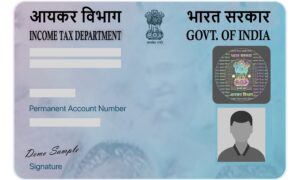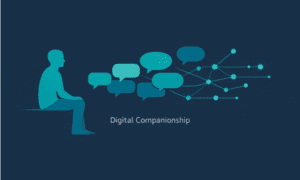Introduction
Plagiarism is a serious offense that can have severe consequences for writers. Whether you are a student, a professional writer, or someone who frequently creates content, it is crucial to understand how to avoid plagiarism and maintain the integrity of your work. In this comprehensive guide, we will explore various strategies and techniques to help you steer clear of plagiarism and produce original and high-quality content.
Understanding Plagiarism
Plagiarism refers to the act of using someone else’s work, ideas, or words without giving them proper credit. It is considered unethical and can lead to legal repercussions, damaged reputations, and academic or professional consequences. To avoid plagiarism, it is essential to understand its different forms and how to distinguish them.
Quoting and Citing Sources
One of the most effective ways to avoid plagiarism is to properly quote and cite your sources. When you include a direct quote from another author’s work, use quotation marks and provide a citation indicating the source. This allows readers to identify the original author and locate the referenced material for further verification.
Additionally, when paraphrasing or summarizing information from a source, it is essential to provide an in-text citation indicating the origin of the ideas. This gives credit to the original author and demonstrates your commitment to academic or professional integrity.
Referencing and Bibliographies
Creating a comprehensive reference list or bibliography is crucial in academic and professional Writing Assistant. This section at the end of your work provides a detailed list of all the sources you consulted during your research or writing process. It typically includes the author’s name, the title of the work, publication information, and other relevant details.
By meticulously compiling a reference list, you demonstrate your diligence in acknowledging the contributions of others and avoid any inadvertent plagiarism. Ensure that you adhere to the appropriate referencing style guide, such as APA, MLA, or Chicago, depending on the requirements of your field or institution.
Paraphrasing and Summarizing
Paraphrasing and summarizing are valuable skills that can help you integrate external information into your writing while maintaining originality. Paraphrasing involves rephrasing someone else’s ideas or words in your own language and style, while summarizing involves condensing a larger piece of text into a concise and coherent summary.
When paraphrasing or summarizing, always ensure that you capture the essence of the original content accurately and credit the original author through proper citations. Avoid simply replacing a few words or rearranging the sentence structure while maintaining the original meaning. Instead, strive to present the information in your unique voice and style.
Conducting Thorough Research
To produce original and insightful content, conducting thorough research is essential. By exploring a variety of sources and gaining a comprehensive understanding of the topic, you can develop your ideas and provide valuable insights to your readers. Additionally, robust research allows you to include diverse perspectives and strengthen the credibility of your work.
When conducting research, ensure that you keep detailed notes, including the source information, for every piece of information you plan to include in your writing. This way, you can easily refer back to the original source when creating citations and avoid any accidental plagiarism.
Utilizing Plagiarism Detection Tools
In the digital age, several plagiarism detection tools are available to help writers ensure the originality of their work. These tools compare your AI writing assistants against a vast database of published material and highlight any potential matches or similarities. By using such tools, you can identify unintentional instances of plagiarism and make the necessary revisions to maintain the integrity of your content.
While plagiarism detection tools are valuable resources, remember that they are not foolproof. They can only identify textual similarities and not instances of idea theft or improper citation. Therefore, it is essential to exercise critical thinking and ethical judgment when using these tools.
Cultivating Good Writing Habits
Cultivating good writing habits is integral to avoiding plagiarism. By developing a disciplined approach to your writing process, you can minimize the risk of inadvertently plagiarizing someone else’s work. Here are some tips to help you establish effective writing habits:
Start early: Procrastination often leads to rushed writing, increasing the likelihood of overlooking proper citations or unintentional plagiarism. Begin your writing process well in advance to allow ample time for research, drafting, and revising.
Plan and outline: Create a clear outline or structure for your writing before diving into the actual content. This helps you organize your thoughts and ensures a logical flow of ideas, minimizing the chances of inadvertently incorporating someone else’s work.
Review and edit: Set aside dedicated time for reviewing and editing your work. Use this opportunity to check your citations, verify the accuracy of your references, and refine your writing style. A meticulous review process is crucial to catch any inadvertent instances of plagiarism.
Conclusion
Avoiding plagiarism is not only an ethical responsibility but also a crucial skill for writers. By understanding the various forms of plagiarism and implementing strategies like quoting and citing sources, referencing, paraphrasing, and conducting thorough research, you can produce original and high-quality content that upholds the integrity of your work.
Remember, maintaining academic or professional integrity requires continuous learning and improvement. By cultivating good writing habits and utilizing plagiarism detection tools responsibly, you can confidently create content that adds value to your readers while outranking other websites in search engine results.



































